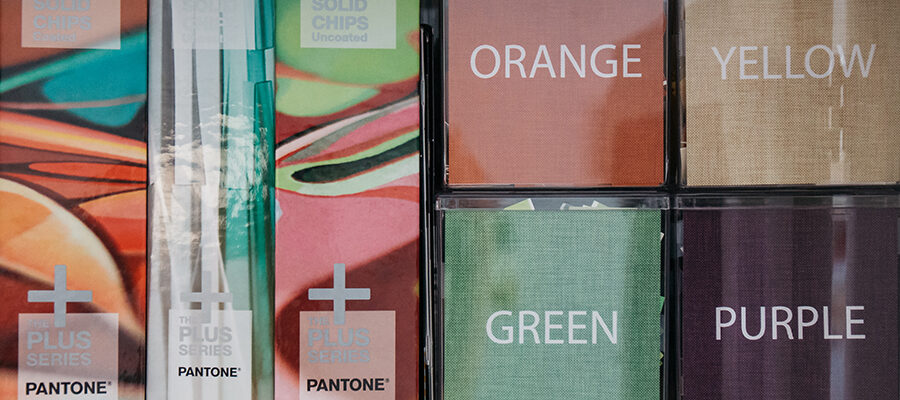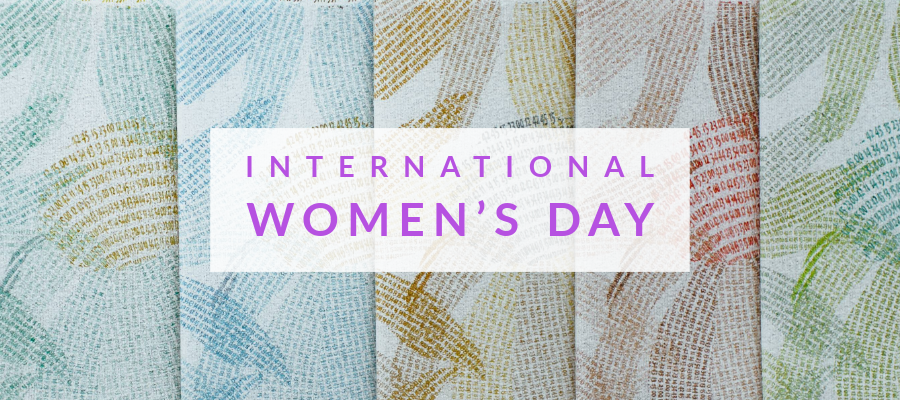
Naming Colors of Your Products Just Got Easier
White. Bone. Snow. Ecru, Linen, Cream. If you’ve ever shopped for new paint or fabric, you’ve seen a lot of different names for colors. Is there really a difference between these colors? Maybe, maybe not so much. Sometimes, there is a definite difference. Most people would pick which color is white and which is cream if given two options. However, sometimes there really isn’t much of a difference. In reality, there are some days a designer is in her office and needs to name a color line before the deadline and felt like linen instead of ecru. If you have your own product line, you have probably also found yourself needing to come up with names for the colors of your product offering. When naming colors, there are circumstances where you want very clear, obvious names. For example, all the patterns in our pattern library have color names from a very limited list. As an online platform, we need our 500+ patterns (each with 5 colors) to be easily searchable. However, if you have a very limited product offering or are showing your items to humans in person, you might want color names that are more creative or emotional.
Naming colors is a lot of fun and we have some tips for coming up with creative and practical names.
First, create your own color name list.
Don’t start from scratch every time you need a new color name. Build your own color name list to refer to any time you need a name. One way to do this is with a simple spreadsheet. Create a new tab for each of the basic colors in the spectrum and add in any extras you might use often, such as pink. On each page, start keeping a list of color names as you think of them. Within each page, have columns for different shades of that color. For example, on your Green tab, have a column for yellow-greens, blue-greens, or pastels.
Keep these 3 things in mind when creating your list.
Pick words that are easy to spell & pronounce.
This is especially helpful for your salespeople, your buyers, and your staff. You want to be sure everyone who will be interacting with your products knows how to pronounce your colors. Also, try to avoid words that have very unusual spellings.
Try to limit the number of characters.
A lot of businesses will have to put an item into their inventory in some type of tracking or POS software. Many programs limit the character count of their fields.
Pick words that are recognizable to most people.
Try to pick color names that are not specific to a region or a culture, unless that is useful to your marketing. For example, if you’re a gardener or live in Hawaii, you may have a wide breadth of knowledge about different flowers and their colors, but not everyone has that same level of knowledge. When you say rose, most people think red (even though there are lots of colors of roses). Likewise, when you say anthurium, people may not even know that’s a flower, much less a red one. Don’t attempt to get so creative that people are confused.
Where can you go for inspiration in naming colors?
Nature
We’re all surrounded by thousands of shades of color all day long. Most of us don’t even see and notice these colors as we’re going through day. Grab a little notebook and a pen and head out for a walk. Look around and pay attention to each color. If the object you see instantly inspires a color, write it down. For example, pine, pinecone, hay, grass, cardinal, lilac.
Pantone
Best known for their system for standardizing color for print applications and (for picking their Color of the Year), Pantone also puts out seasonal trend reports. While many of their colors are simply referred to using numbers if you search through their trend reports they often use color names.
Paint Companies
Large paint companies such as Sherwin Williams, Behr, put out new paint colors every year. Small tweaks to the shades require new names. Visit your local paint store or paint aisle at the hardware store and check out their color names.
Your local art supply store
Before the introduction of synthetic pigments, artists would grind up natural pigments and minerals to make their paint. These days, most paints in your local art supply store are created with synthetic materials, but the colors are still based on these natural pigments. Spend some time in the paint aisle of your favorite art supply shop and check out all the color names.
The Secret Life of Color by Kassia St. Clair
In this well-researched book, the author compiles stories of seventy-five different colors. She describes the history of these colors, their place in western culture and how they were made.
Building out your own personal color name list can be as fun as building out your own color reference library. Once you do the initial work to create this valuable tool, you can keep adding to it and updating it. Don’t forget, have fun with it. Naming colors is a lot of fun. Since it generally happens at the end of the development cycle, it also gives you a feeling of satisfaction and completion.
Share this post
Author
DESIGN/COLOR TRENDS AND AWESOME INFORMATION IN YOUR INBOX
Sign up for our monthly trend letter







